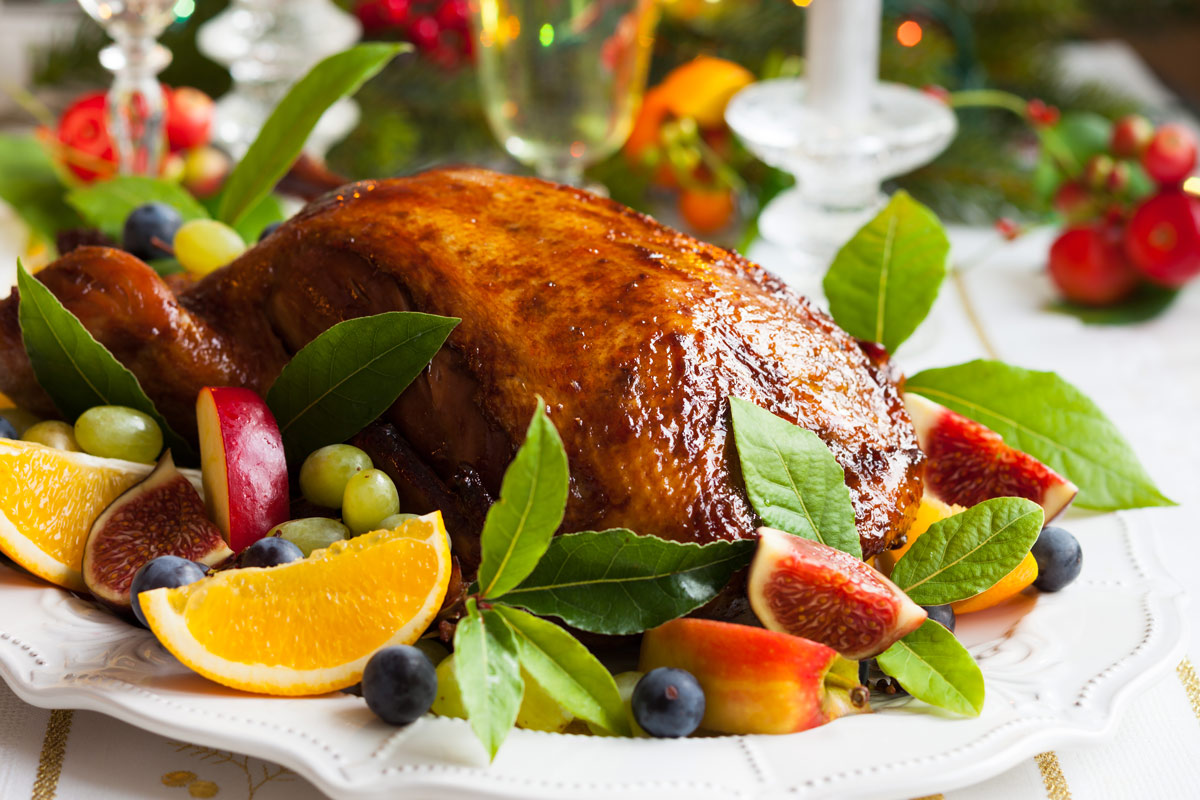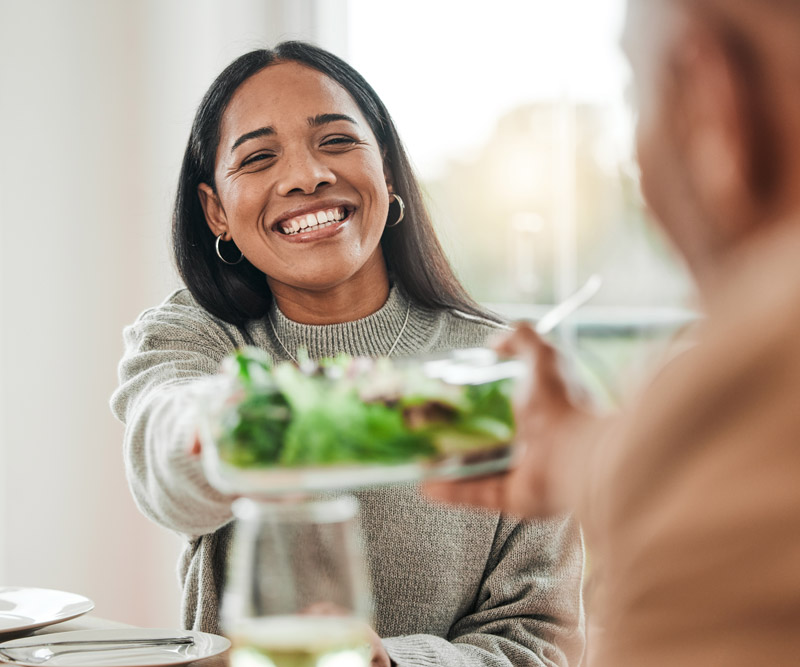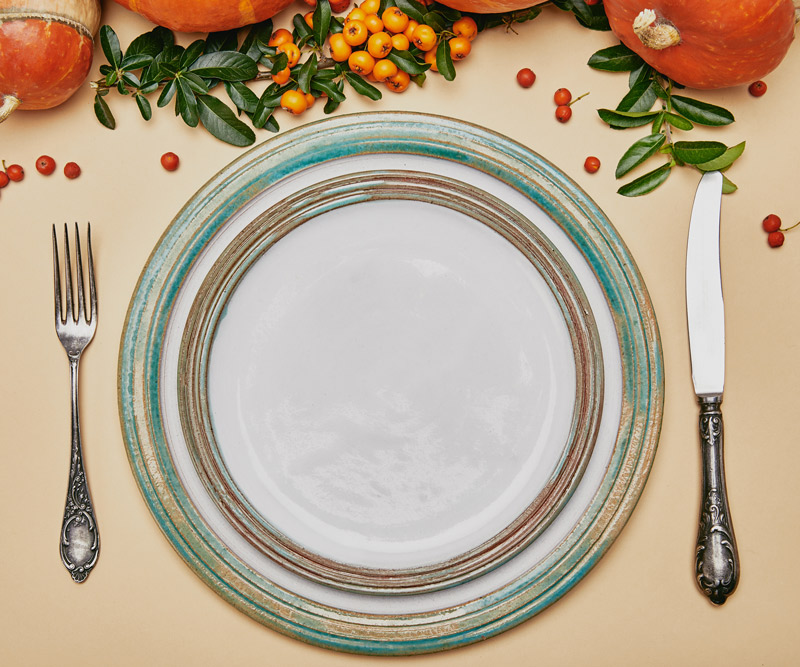
Eating Healthy for the Holidays
If visions of sugarplums, gingerbread men, candy canes and fruitcake already are dancing in your head, you’re not alone – the holiday season is the time of year when healthy eating habits go flying out the door faster than you can say “On Dancer, On Prancer!”
According to the National Institutes of Health, holiday eating can result in a gain of an extra pound or two every year, and those pounds don’t necessarily go away in the new year. The easiest way to avoid these diet downfalls is by swapping out foods that are naughty with foods that are nice.
Here are dietitian-approved tips to beating the bulge this holiday season:
- Choose lean, skinless turkey breast meat instead of dark meat, which is higher in cholesterol and saturated fat. To make your turkey dinner even healthier, skip the gravy train and instead dress your bird with low-sodium vegetable or chicken broth.
- Include fresh fruits as an option for dessert. Cakes and heavy desserts are often packed with fat, sugar and calories. Fruits are a great, sweet option to add nutrients to your meal.
- Don’t go to a party hungry. To prevent overeating, continue eating well-balanced meals throughout the day – don’t try to “save” calories – and have a light snack before leaving for the party.
- Limit your holiday eating to the actual holiday, and don’t go home with leftovers. No single day of overeating will destroy your health or weight-loss progress. Rather, it is the calorie- and fat-rich leftovers that usually do us in.
If you just can’t say no to leftovers, try giving them away to a neighbor in need, or freeze them in small portions to eat later on a busy weeknight.
Other sage suggestions include:
- Reduce the amount of sugar and fat in recipes by half, or use smart swap outs like sugar substitutes (sucralose) and applesauce or fruit purees.
- Flavor dishes with herbs, garlic, ginger or lemon juice instead of butter and oil. Don’t be heavy-handed with the salt.
- Trim back the trimmings. Instead of traditional green bean casserole, which often is made with high-sodium canned soup and fried onions, try steamed fresh green beans or asparagus topped with toasted slivered almonds.
- Limit white cream/butter/gravy sauces. Opt for tomato-based sauces or salsa instead.
- When eating at a potluck, limit yourself to one lean protein and one starch. Load up the rest of your plate (at least half!) with fresh seasonal vegetables.
- Don’t go overboard. Take small amounts of your favorite foods and savor every bite, making sure to chew well. Wait 20 minutes before deciding if you want seconds.
- Follow appropriate portion sizes. Think more like an elf, not St. Nick, and remember: the total amount you eat each day should match the total amount recommended for each food group. Brush up on correct portion sizes at ChooseMyPlate.gov.
- Limit alcohol to one drink a day for women, two drinks a day for men. Alcohol can lower inhibitions and encourage overeating. And watch out for mixed drinks, which can be high in calories and sugar.
- Stay hydrated with water flavored with lemon or flavored drops; holiday punch, fruit juices and regular sodas only add excess sugar and calories to your meal.
- Plan for activity either before or after the big meal to help burn off those extra calories. If you have diabetes, activity after eating can help lower elevated blood sugars.
- Enjoy conversation with friends and family instead of focusing on food.
While it can be difficult to eat as well as we should during the holidays, by making several small adjustments in our eating and activity habits, it doesn't have to be impossible to stay on the right track.
Published on: November 14, 2015




